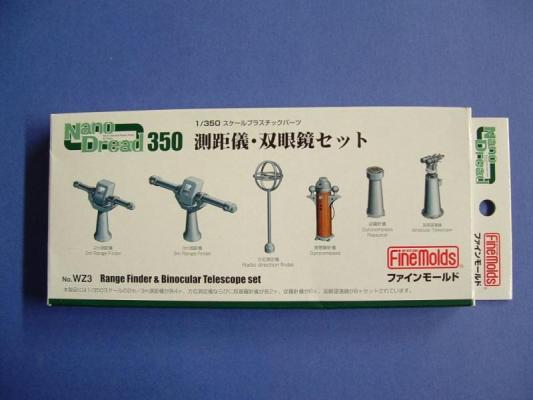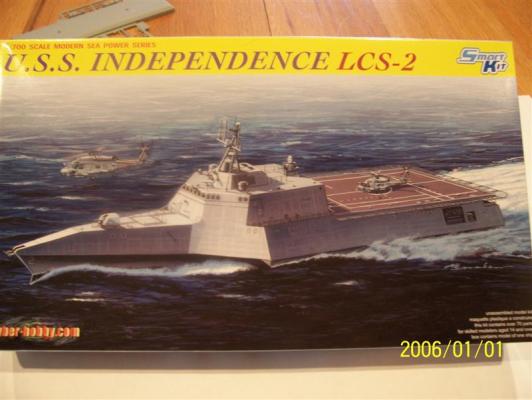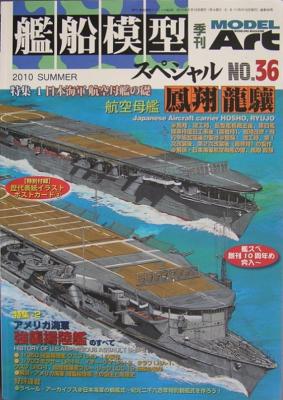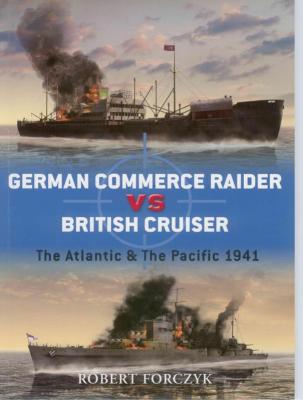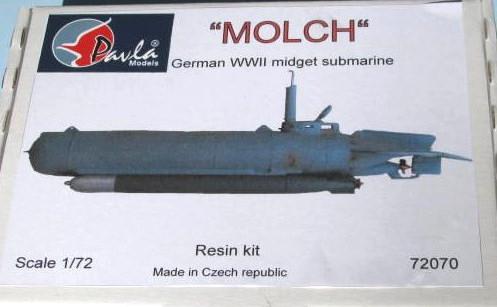Construction started with the stand and a visit from Murphy. Following the kit instructions, I drilled out holes #3 and #6 and cemented in part Z1. The instructions label the base as Z2 but it is marked Z1, not a big deal, it is obvious what’s what. When I tried to set the lower hull on the stand it did not fit. The pedestals should be installed in holes #4 and #5, NOT holes #3 and #6 (so much for starting with something easy).
Construction was straightforward with no real problems. Some areas that could be better are listed here:


